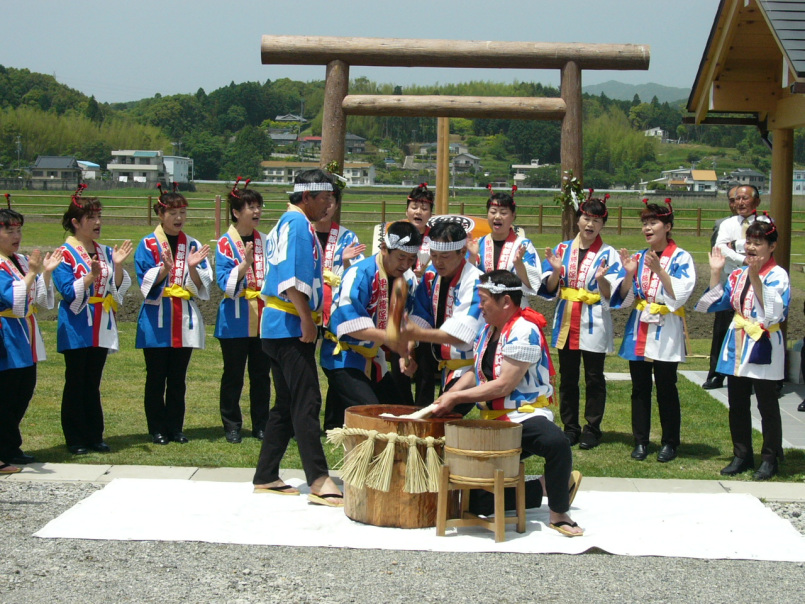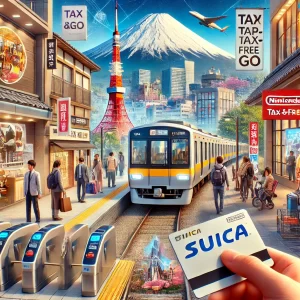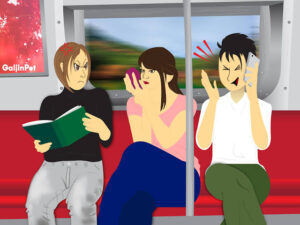Mochitsuki: A Japanese New Year’s Tradition (Cultural Meaning/Video)

As you travel in Japan during this period of dec to year end, you will notice the traditional Mochitsuki rituals performed all over Japan.
Mochi sounds similar to the Japanese word for “to hold” or “to have”, so mochi is eaten in hopes of gaining good fortune over the coming year.
Around the start of the New Year, many Japanese households will take part in the annual tradition of mochitsuki (餅つき), the pounding of rice to make mochi. Mochi, also called a rice cake, is pounded sweet rice that can be eaten in a sweet or savory dish.
In Japan, mochi has been eaten for New Year’s since at least the Heian period (794-1185). At this point, mochi was actually eaten in hopes that it would bring your teeth and bones strength for the New Year because the mochi that was set out as an offering was tough to eat by the New Year.
Mochitsuki generally takes all day, and usually begins the evening before, when the rice is rinsed and left to soak overnight. Early the next morning, the rice is placed into seiro (蒸篭), a square, wooden steaming basket, which are stacked atop one another and set over a kettle of boiling water. After this, it’s time to begin pounding the rice. The steamed rice is placed in a large usu (碓), or mortar, made of wood, stone, or concrete. There are multiple people involved in this step of mochitsuki: at least one person swings a wooden mallet, or kine (杵), to hit the rice and one person turns the rice on each of the mallet’s upswings. This continues until the mochi is smooth and shiny, and it’s impossible to see any individual rice grains.
When the rice has reached the right consistency, the mochi can be taken out of the usu and placed on a cloth or paper covered table. The table is coated with mochiko, a sweet rice flour, in order to make the sticky rice easier to handle. Someone will pinch off pieces of the hot mochi for others to form into a flattened bun-shape; the mochi is then left to cool, after which it is ready to be eaten.
Mochitsuki can be an event celebrated by both a family or by a neighborhood or community. Because of this, there are many community mochitsuki matsuri (祭り), or festival. The festivals usually include more than just mochitsuki, you’ll typically see performances, New Year’s games, and even New Year’s first activities, such as writing your first calligraphy of the New Year. Even in America, in areas with large Japanese communities, there are mochitsuki matsuri. A quick search for “mochitsuki festival” might even bring one up in your area!
Source: Asahi
Leave a Reply to IndoJapanPulse
Please look at footer of website for Disclaimer and Privacy Policy.




